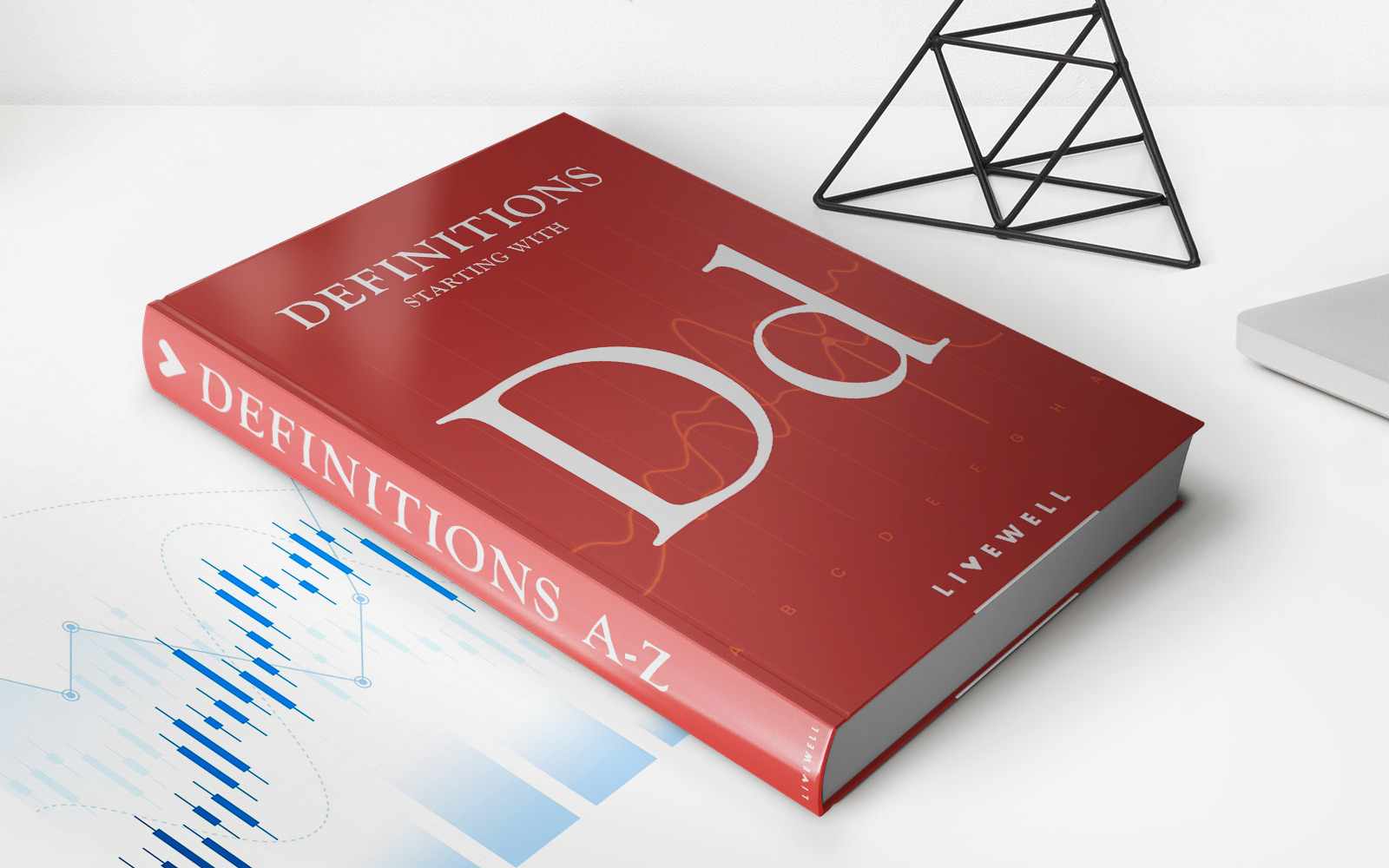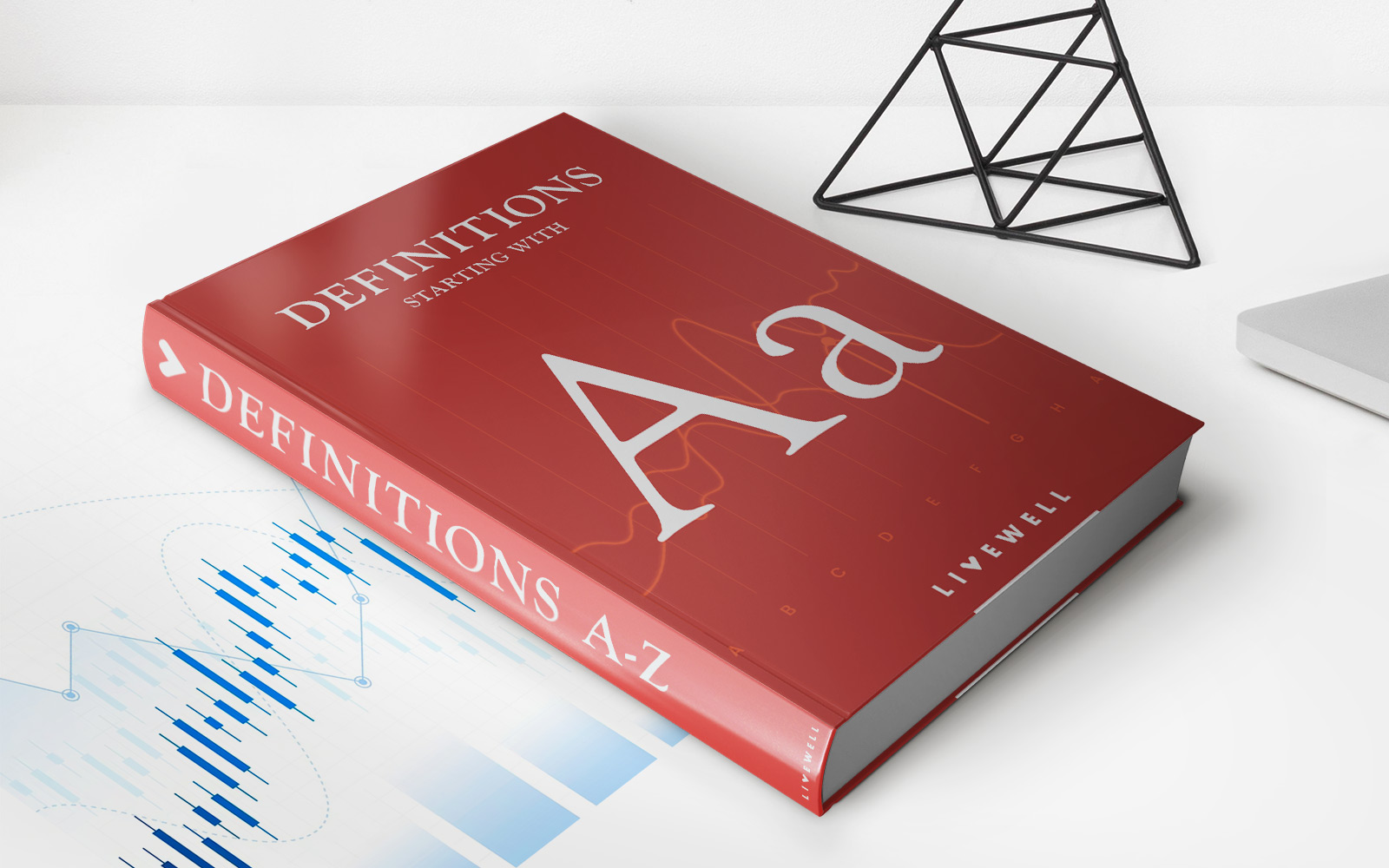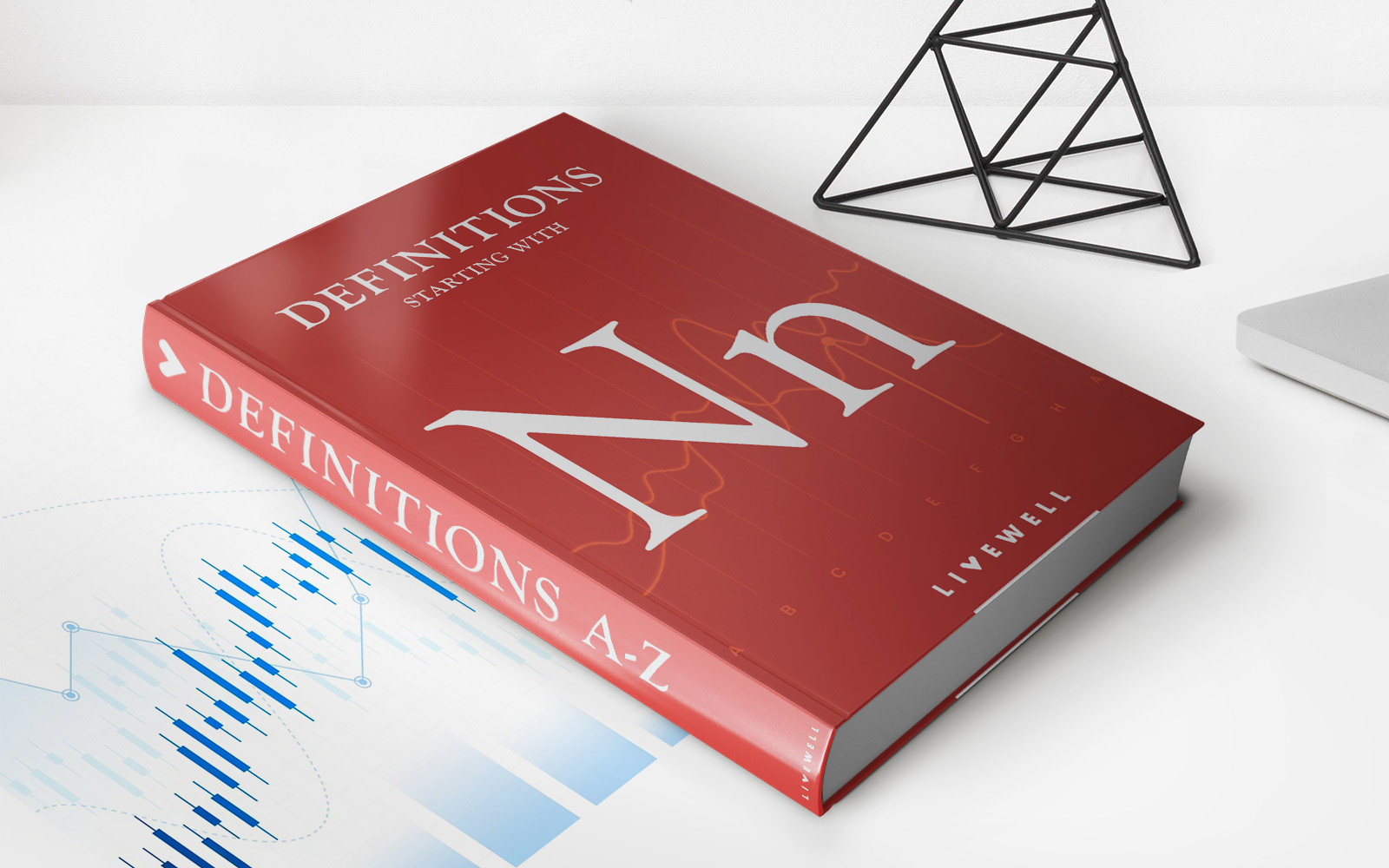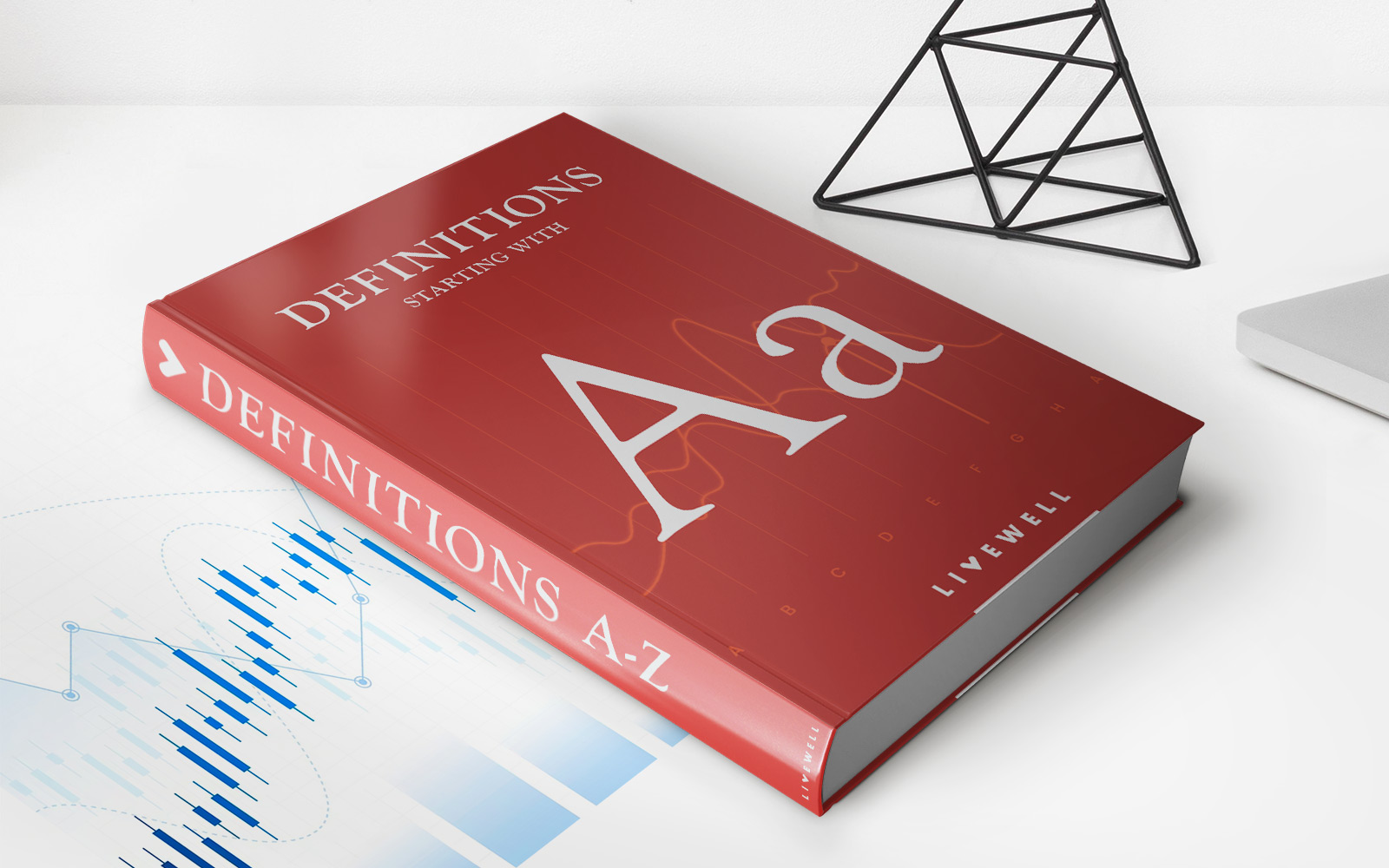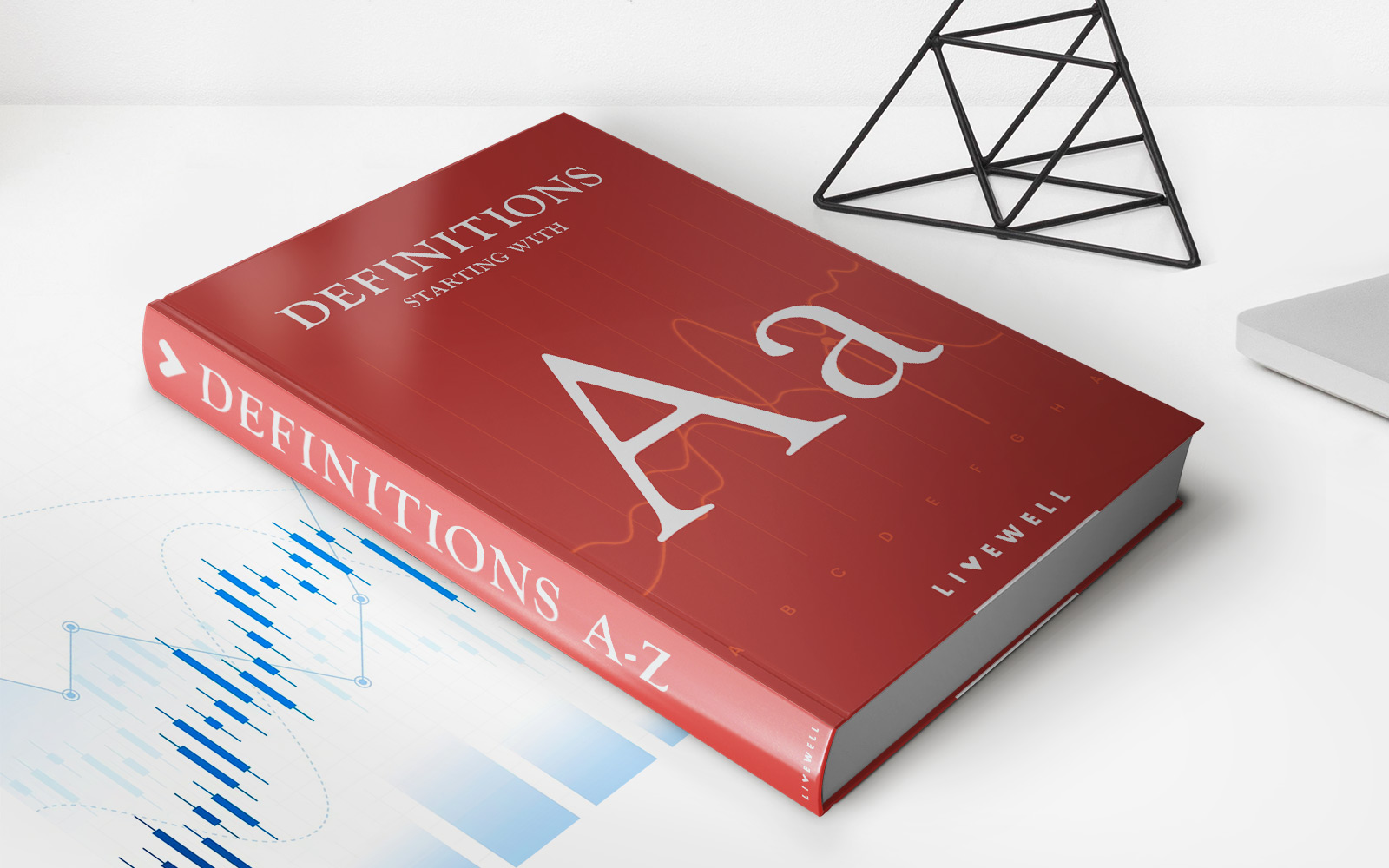

Finance
Architecture Billings Index (ABI) Definition
Published: October 8, 2023
Learn the definition of Architecture Billings Index (ABI) and its significance in the finance industry. Stay informed about the latest trends and insights in architectural finance.
(Many of the links in this article redirect to a specific reviewed product. Your purchase of these products through affiliate links helps to generate commission for LiveWell, at no extra cost. Learn more)
Demystifying the Architecture Billings Index (ABI) Definition
When it comes to understanding the financial health of the architecture industry, the Architecture Billings Index (ABI) plays a crucial role. But what exactly is the ABI, and why is it important? In this blog post, we’ll delve into the ABI definition and shed some light on this significant financial indicator for the architecture sector.
Key Takeaways:
- The Architecture Billings Index (ABI) is a leading economic indicator for the construction industry, specifically the architecture sector.
- It provides valuable insights into the future demand for architectural services by tracking changes in billings.
The Architecture Billings Index, often abbreviated as ABI, is a method used to quantify the demand for architectural services. It serves as a leading economic indicator for the construction industry, particularly the architecture sector. By measuring billings, the ABI can identify trends and predict future activity in the industry. This valuable data allows architects, investors, and policymakers to make informed decisions to optimize overall efficiency and profitability.
The ABI is organized by the American Institute of Architects (AIA) and is typically released on a monthly basis. It covers both the commercial and residential sectors and provides a significant insight into the state of the architecture industry. By monitoring the ABI, stakeholders can anticipate changes in the demand for architectural services and adjust their strategies accordingly.
The Architecture Billings Index is formulated based on a scoring system that ranges from 0 to 100. A score above 50 indicates an increase in billing activity, suggesting growth in the industry, while a score below 50 signifies a decline. This scoring system helps professionals identify periods of expansion or contraction and make informed decisions based on the overall market conditions.
Why is the ABI Important?
Understanding the importance of the Architecture Billings Index is crucial for anyone involved in the architecture and construction sectors. Here are a few reasons why the ABI is important:
- Proactive Planning: By tracking the ABI, architects and firms can anticipate fluctuations in demand and take early measures to adjust their resources and workforce.
- Market Insights: Investors and stakeholders in the architecture industry can gain valuable insights into market trends and make strategic decisions to maximize profitability.
- Policy Decisions: Policymakers and government bodies can utilize the ABI to gauge the health of the industry and create effective policies to support its growth.
In conclusion, the Architecture Billings Index (ABI) is a vital tool for understanding the economic outlook of the architecture industry. By monitoring changes in billings, professionals can gain valuable insights into future demand for architectural services. This comprehensive indicator allows architects, investors, and policymakers to make informed decisions that positively impact their businesses and the sector as a whole. So, stay informed, keep an eye on the ABI, and stay ahead of the competition.




